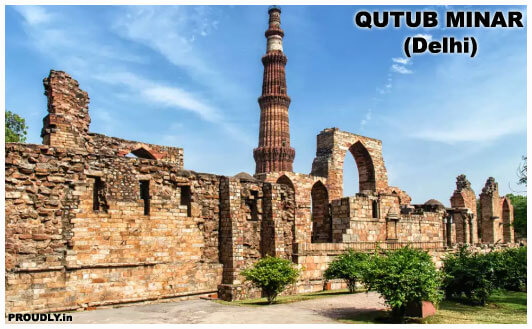Indian Architecture History – Indian Architectural Sector
Indians should be absolutely proud to boast of the unique culture and amazing architecture seen in the country. Indian civilization has crossed huge miles and the most enduring of all the developments is prominently seen in the architectural sector.
Right from the Stone Age, this amazing sector has seen tremendous changes and a lot of these modifications have been done for the betterment of the country. Architectural developments have resulted with drastic changes in the requirements of people and the geographical conditions prevalent in the country.
In India, it is a well known fact that any architectural piece is evidence for the culture, tradition and mind state of the locality and individuals. Though there has been consistency in development, credit has to be paid to the aspect of maintaining at least a bit of individuality that depicts Indian history.
Ancient architecture was once been envied by people of other nations and this is continued till date which proves the excellence and rare beauty of Indian architecture. The rock- cut structures, temple architecture and cave architecture is believed to as old as the civilization of mankind. Many such amazing structures are still preserved in India.
They clearly depict the diversity in linguistics, geography of the country, culture, and racial values, ethnicity of the people and also the historical and climatic features and importance of the country.
Each monument in India has a story to tell which is quite rare in other countries. It radiates a sense of attachment and love towards the nation. It is magical to note the influence of various aspects such as the life style, religion and rule of the various personalities.
The British colonial Indian architecture as well as the Indo Islamic architecture has found a special place in the hearts of Indians. These two chapters in Indian history had a pivotal role to play in bringing about a great impact in Indian architecture. The Islamic style of architecture was used in building a lot of monuments and palaces that are remembered even today in Indian history.
The depiction of the Indo saracenic architecture is very much seen in the Garrison church situated in Delhi and the Mutiny memorial church in Kanpur. The Victoria Terminus which is a very popular railway terminal in India is said to be the place where this style was used last.
Qutub minar, Fatehpur sikri, the Red Fort, Taj Mahal, Agra Fort and the Quwwat ul Islam mosque are perfect examples where the Indo Islamic style of architecture was used. These have now become popular tourist attractions and many of them have gained the recognition as some of the world Heritage sites.
The Khimsar fort, Meenakshi Amman temple, Konark, Ajantha and Ellora caves, Charminar and many more places are examples of the best architectural talents. As years crossed, there seemed to be a slight touch of western style in the construction of special buildings. The thoughts and innovations of architects began to explore wide areas and the result is the awe inspiring new structures we see.
The rich bygone era is brought to life in front of our eyes when we get a glimpse of the marvelous work of architecture seen in the traditional Indian monuments. This is a field that has to be cherished forever.












 Previous Post
Previous Post